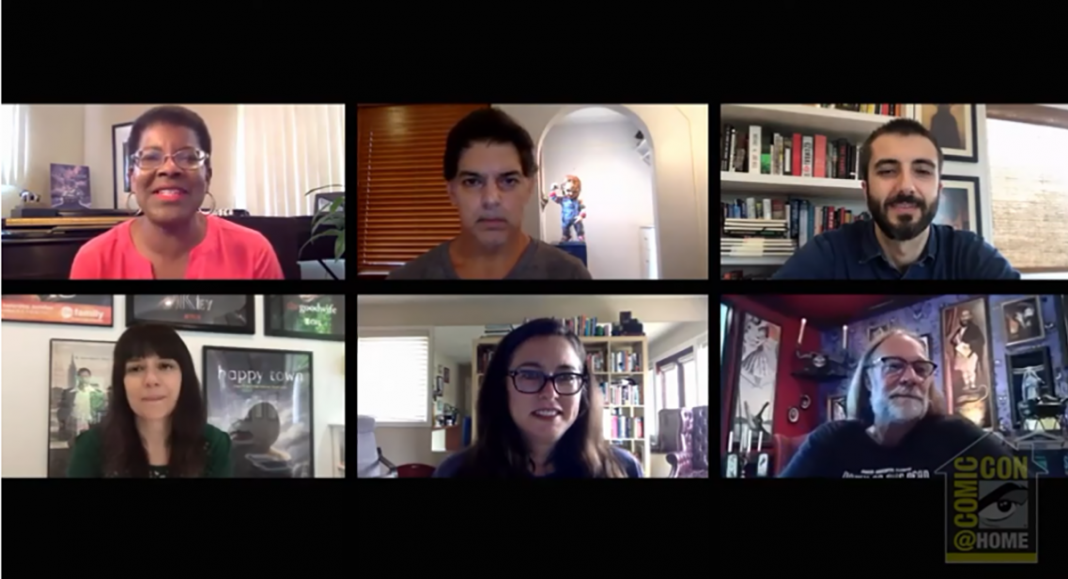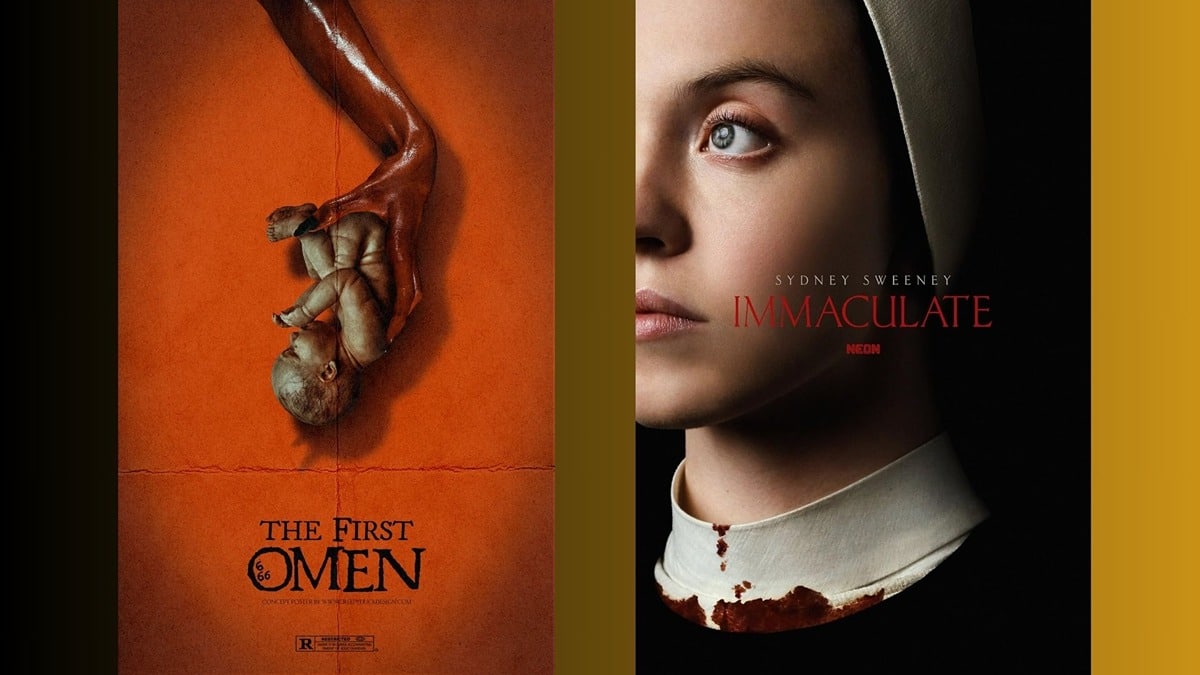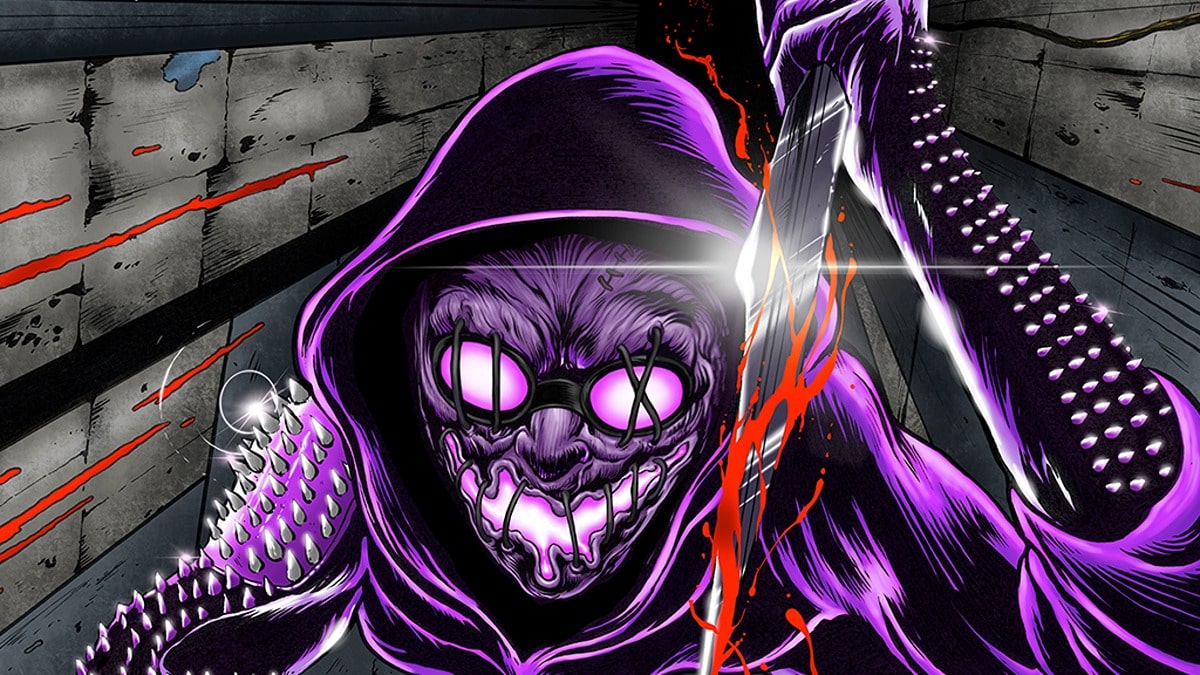What is our fascination with horror? What are the elements that make a really scary television show? Why are kids so creepy? These questions and more were covered in San Diego Comic-Con at Home’s Shudder panel Scary Good TV: A Conversation with Horror’s Top Showrunners. Panelists included Nick Antosca (Channel Zero), Meredith Averill (Locke & Key), Don Mancini (Chucky), Greg Nicotero (Creepshow), and Jami O’Brien (NOS4A2). Screenwriter and educator Tananarive Due (executive producer, Horror Noire: A History of Black Horror) moderated.
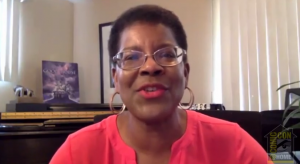
Back in the day, shows like Tales from the Darkside and Dark Shadows gave viewers a good shiver (in fact, both shows were cited as being early influences for the panelists along with The X-Files, Trilogy of Terror, and Creature Double Feature). For a while, the horror genre wasn’t seen much on television, but lately, since the success of shows like The Walking Dead, it appears to have gone through a bit of a renaissance.
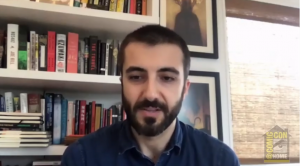
While each panelist has their own unique background and experiences, one thing they all agreed on was that a good horror story is usually really about something else.
Antosca explained:
“Historically, you see horror having a renaissance in moments of cultural unrest. You look at the movie that made me want to tell stories and be in the horror space which was Night of the Living Dead, which I saw probably at eight or nine, way too young to understand that it was a microcosm of society and this group of people who were like, you know, a set of different parts of America beset by an other. And there’s a whole allegory there. I think the best horror, the horror that we love and that really lasts is about something else. The Shining is about an abusive father and your father is there to protect you and love you and instead, he’s coming after you with an ax. And The Exorcist is about your teenage daughter changing and the younger generation. And I think that we have an opportunity in horror now sometimes to explore the sense of pervasive dread all around us, which is more true right now than ever.”
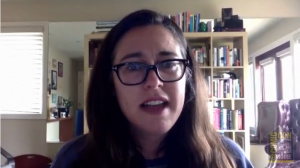
A common thread throughout horror, whether on television or in comics and books, is the presence of children. There’s nothing creepier than a little disembodied giggle, but in many examples, a child faces off with some supernatural threat. The panelists agreed that kid versus evil is the perfect way to contrast innocence with something monstrous. It’s the basic fight of good versus evil, but children can also be fierce when they need to be. As O’Brien pointed out, “An innocent kid will rip the wings off a butterfly.”
Besides themes and what makes for good horror storytelling, Due asked the panel if the advent of streaming services like Prime Video, Hulu, and Netflix have helped the genre and if they prefer offering their viewers a chance to binge or if weekly episodes are best.
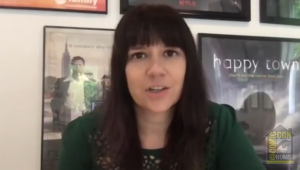
“I like to be in that space and stay there,” said Averill. “It’s very hard as an audience member and I think as a creator to make a forty-two-minute episode of television and build that tension, sustain that tension, and then the episode’s over. And then next week you have to kind of do it all over again. How do you get people back in that space? And so that’s why it’s working in streaming. I found that to be easier because you’ve already kind of gotten in that space.”
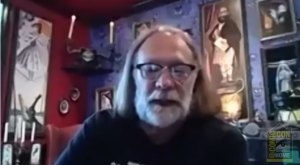
There is something to be said for the anticipation of waiting for a new episode, but as Nicotero pointed out when you work on an anthology like Creepshow, you aren’t continuing the same story. Each week brings a brand new tale of terror, making it easier to dive back in.
Another challenge that a television series may face that a film does not is just how scary it can be. How far can you push it? It comes down to where your show is broadcasting and what you are allowed to do, but there is something to be said for the implication of violence and how that alone can be scary.
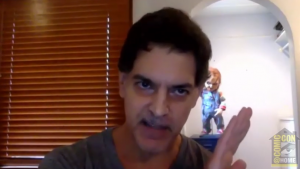
Mancini stated, “Stylization is one’s friend. If you’re on network and you’re faced with those limitations… view those challenges as opportunities to do something more interesting potentially, because a lot of times it’s the implication of violence as a visual cue that can be more interesting than the gore itself. The fin that is cutting across the surface of the water is arguably just as terrifying as seeing the jaws clamping down on someone.”
Watch the full panel here.
Miss any of our other SDCC 2020 coverage? Click here for much more!


